Dance Transitions - Choreography Transition Guidance
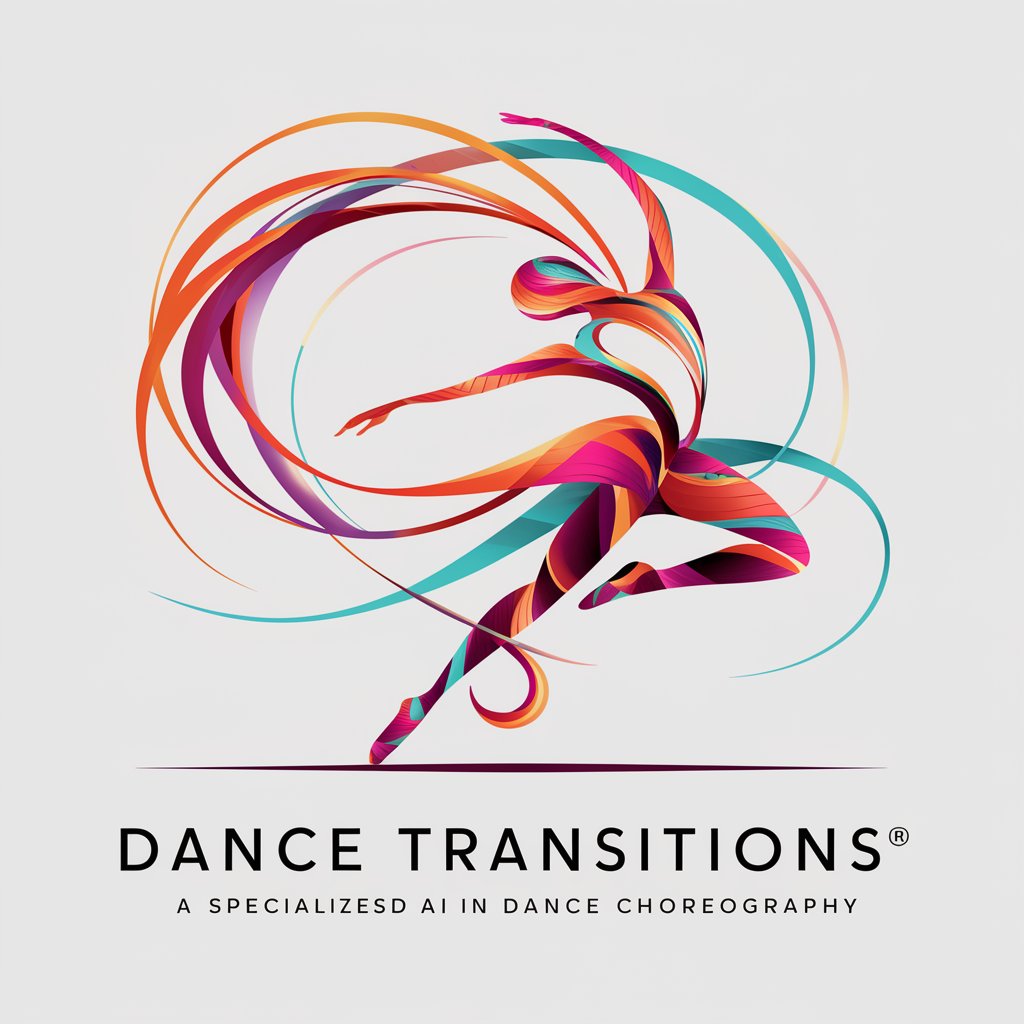
Welcome! Let's create smooth and captivating dance transitions together.
Seamless Dance Transitions, AI-Powered
How can I seamlessly transition from a spin to a leap?
What are some creative ways to change directions in a dance sequence?
Can you suggest fluid transitions between different dance styles?
How can I use momentum to enhance my dance transitions?
Get Embed Code
Understanding Dance Transitions
Dance Transitions is a specialized digital assistant designed to provide in-depth guidance on creating smooth and imaginative transitions within dance choreography. Its primary focus is on the nuances of transitioning between different dance moves, styles, and sequences, ensuring that choreography flows seamlessly and dynamically. Dance Transitions offers insights into elements like timing, spatial awareness, and momentum usage, facilitating the creation of fluid and captivating dance routines. For example, it can suggest how to effectively transition from a fast-paced hip-hop sequence to a slow, lyrical piece, emphasizing the importance of matching energy levels and using the momentum of the last hip-hop move to gracefully enter the lyrical sequence. Powered by ChatGPT-4o。

Core Functions of Dance Transitions
Enhancing Choreographic Flow
Example
Providing strategies to maintain the energy and pace between high-energy sections and slower, more expressive parts.
Scenario
In a dance routine that blends contemporary and jazz elements, Dance Transitions could suggest incorporating a spin that slows down to match the jazz section's tempo, using the spin's natural deceleration to smooth the transition.
Creative Transition Ideas
Example
Offering imaginative transition moves that can link disparate dance styles, such as a pop-and-lock gesture to bridge hip-hop and ballet.
Scenario
For a performance that aims to merge urban dance with classical ballet, Dance Transitions might propose a scenario where dancers use a pop-and-lock sequence that fluidly evolves into a series of ballet pirouettes, illustrating the concept of contrasting styles coalescing.
Utilizing Spatial Awareness
Example
Advising on how dancers can use the stage space to enhance transitions, like using cross-stage movement to prepare for a new dance section.
Scenario
In a group routine, Dance Transitions could suggest strategies for formation changes that align with musical cues, ensuring that the shift in dance style is complemented by a visually striking change in the dancers' positions on stage.
Who Benefits from Dance Transitions
Choreographers
Professional or amateur choreographers looking to refine their dance pieces with seamless transitions, enhance storytelling through dance, and explore creative ways to blend different dance styles within a single routine.
Dance Educators
Teachers and instructors who aim to incorporate lessons on transition techniques into their curriculum, helping students understand the importance of flow and cohesion in dance choreography.
Dance Students
Individuals studying dance who wish to deepen their understanding of choreographic structure and learn how to execute transitions smoothly, both for solo performances and group collaborations.
Performance Artists
Artists who integrate dance into their performances and are seeking innovative ways to transition between different thematic or emotional sections, enhancing the overall impact of their art.

How to Utilize Dance Transitions
Initiate Exploration
Start by accessing a platform offering an introductory experience, such as yeschat.ai, which provides a free trial without the necessity for login credentials or subscription to ChatGPT Plus.
Understand Functionality
Familiarize yourself with the tool's capabilities, specifically its focus on dance choreography transitions. Learn how it can guide you in blending various dance moves and styles smoothly.
Identify Goals
Determine what you aim to achieve with your choreography. Whether it's enhancing fluidity, incorporating complex transitions, or experimenting with new styles, knowing your objectives can guide your use of the tool.
Engage Creatively
Use the tool to brainstorm and simulate different transition ideas. Experiment with sequences and utilize feedback to refine your choreography.
Apply and Practice
Implement the suggested transitions into your dance routines. Practice consistently, using the tool's guidance to improve the flow and coherence of your performances.
Try other advanced and practical GPTs
Lawyer
Empowering legal clarity with AI

Recipes
Culinary inspiration at your fingertips.
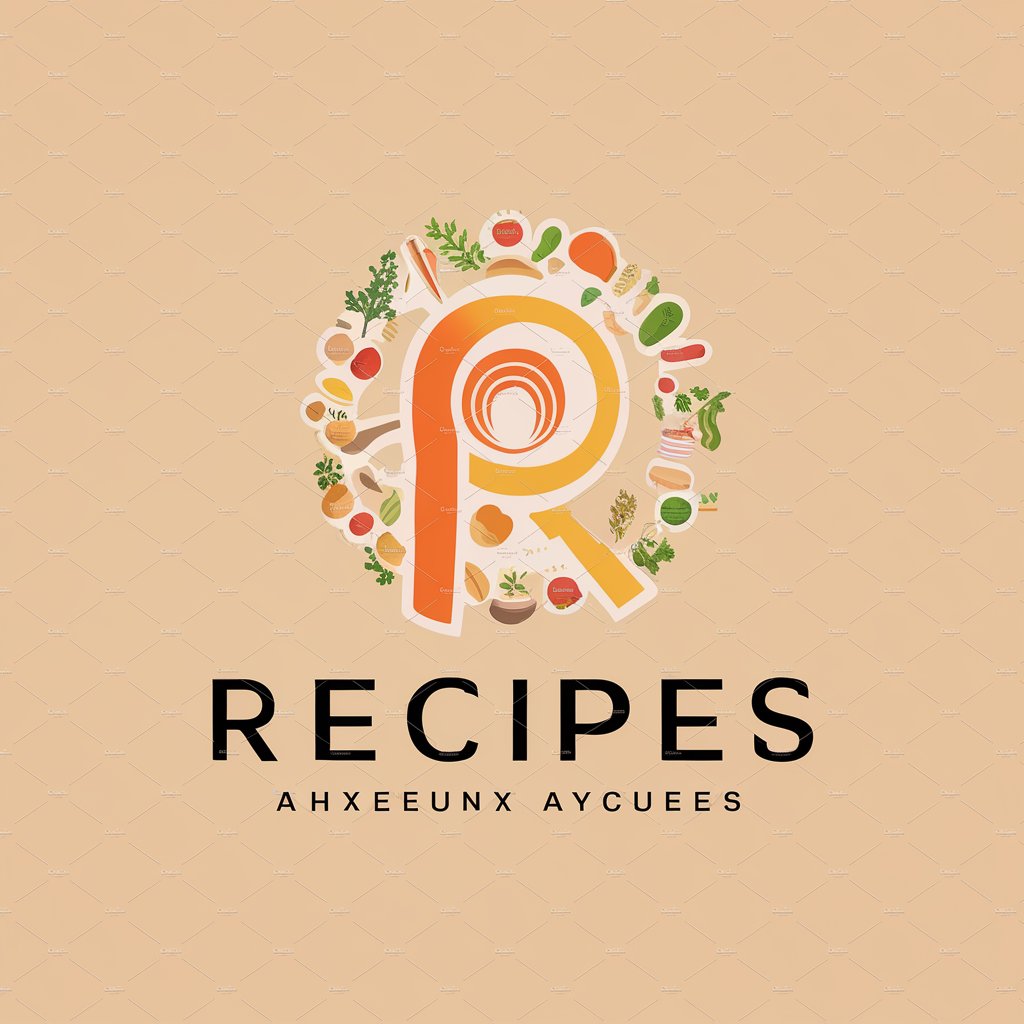
Herb Garden
Cultivate with AI, Thrive Naturally

Fur
Empowering Ethical Fur Innovation
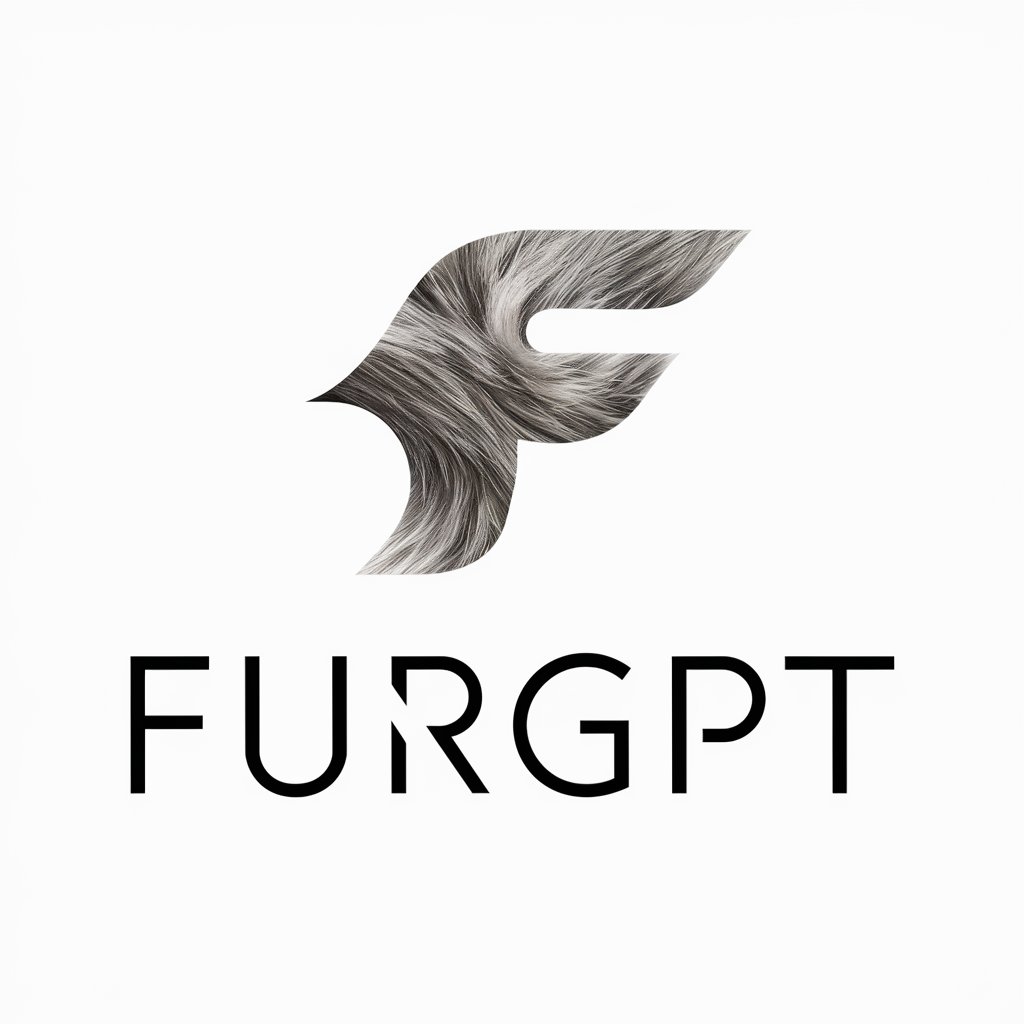
Law
Empowering legal discovery with AI.
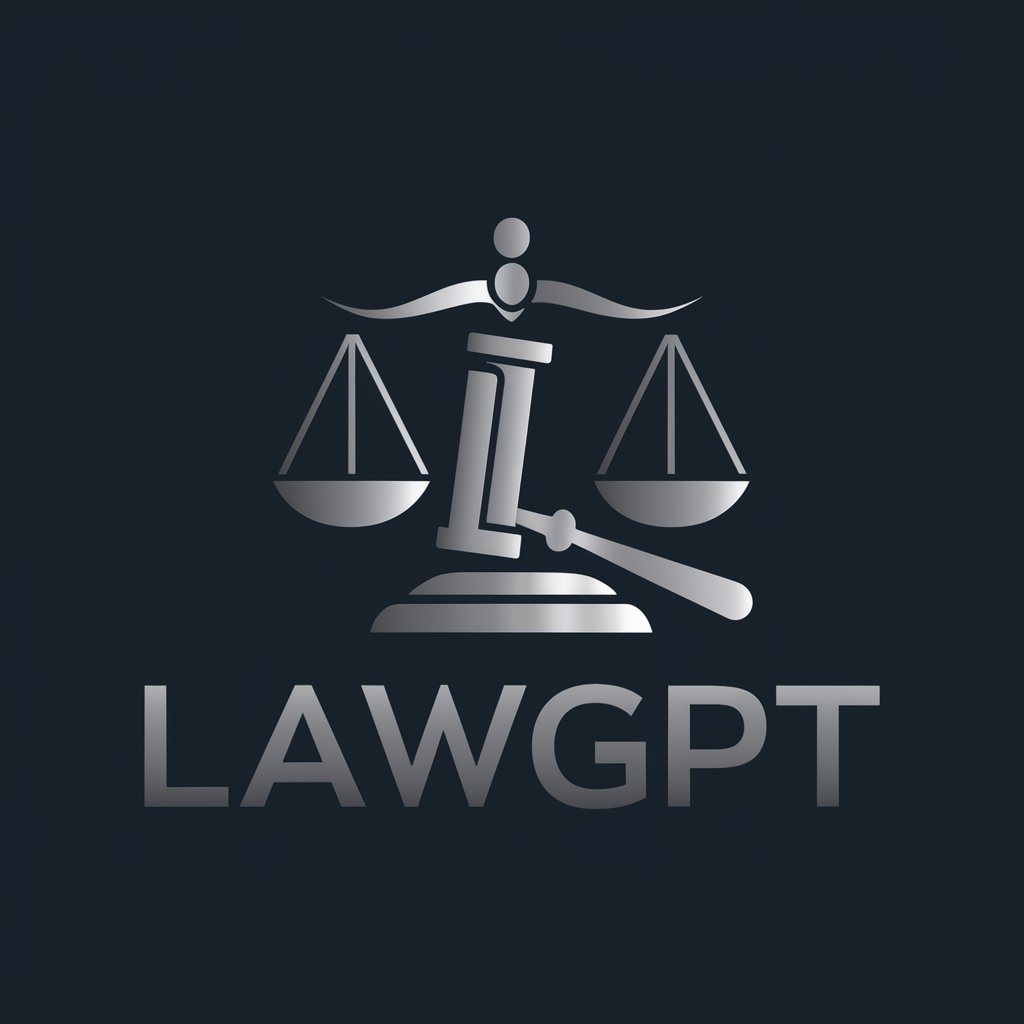
Rare
Unveiling the Uncommon with AI

Interior Design
AI-powered design insights at your fingertips
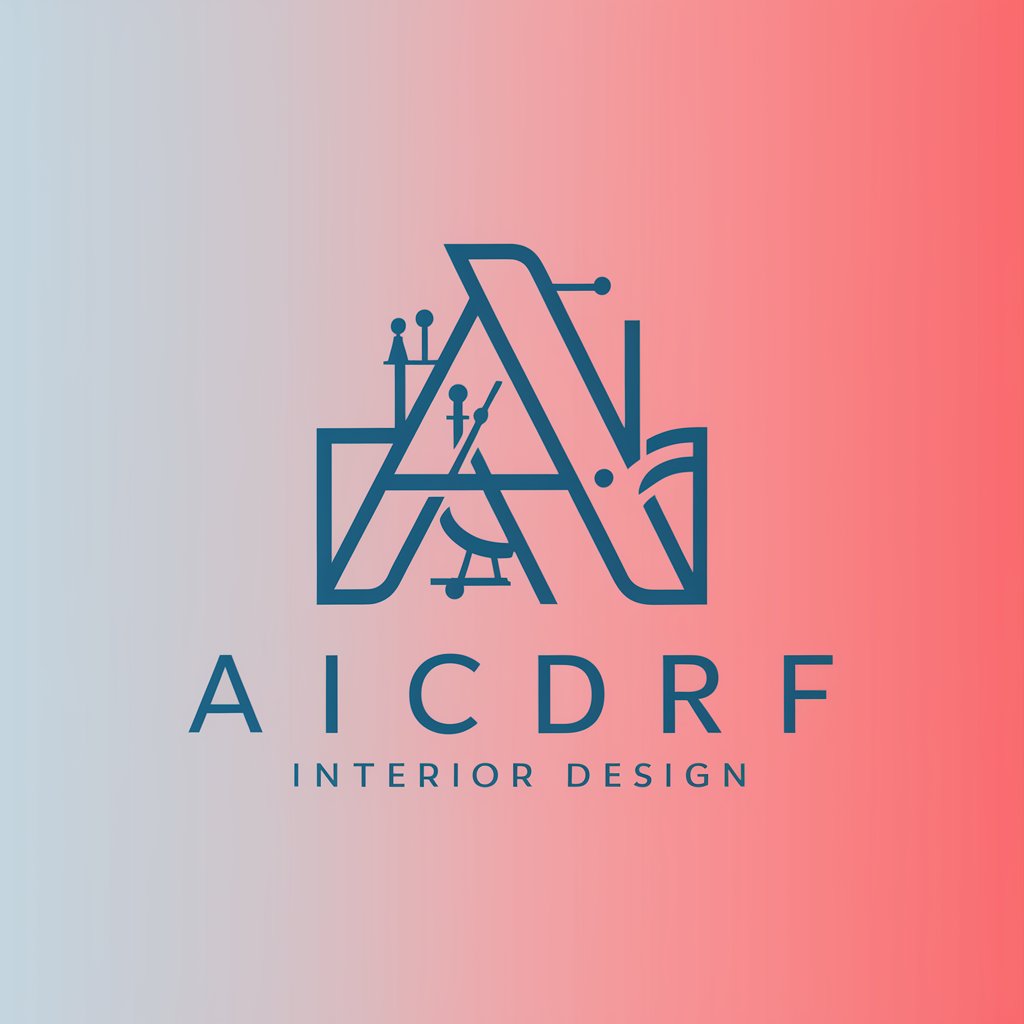
Trash Service
AI-driven advice for smarter waste management

Asset Management
Empowering investment decisions with AI

Gifts
Tailored Gift Ideas Powered by AI

Safety Scan
AI-powered Safety at Your Fingertips

Numerical Analysis
Powering solutions with AI-driven analysis
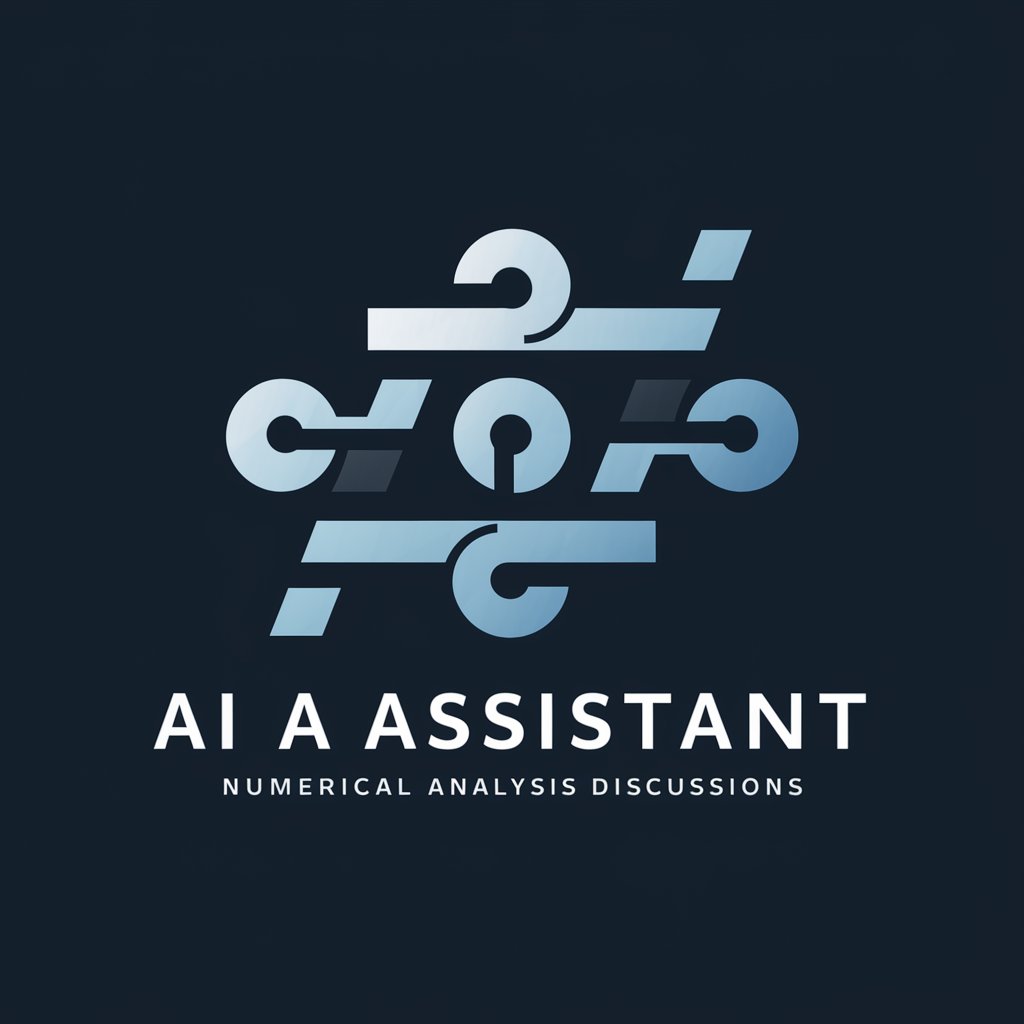
Frequently Asked Questions about Dance Transitions
What are Dance Transitions?
Dance Transitions is a specialized tool designed to assist dancers and choreographers in creating seamless transitions between dance moves, styles, and sequences, enhancing the fluidity and dynamism of performances.
Can Dance Transitions help with any dance style?
While Dance Transitions is not focused on any specific dance style, it is versatile enough to support a wide range of genres by offering principles and ideas that can be adapted to any choreographic context.
How can I improve my choreography using Dance Transitions?
Utilize the tool to explore creative transition ideas, experiment with timing and spatial arrangements, and leverage momentum to make your dance sequences more cohesive and engaging.
Is Dance Transitions suitable for beginners?
Yes, it offers intuitive guidance that can be valuable for dancers at all levels, including beginners, by breaking down complex transition concepts into understandable and actionable advice.
Can Dance Transitions suggest music for my choreography?
The primary focus of Dance Transitions is on the choreographic aspect, specifically transitions between moves, rather than on music selection. It encourages users to choose music that complements their creative vision and dance style.
